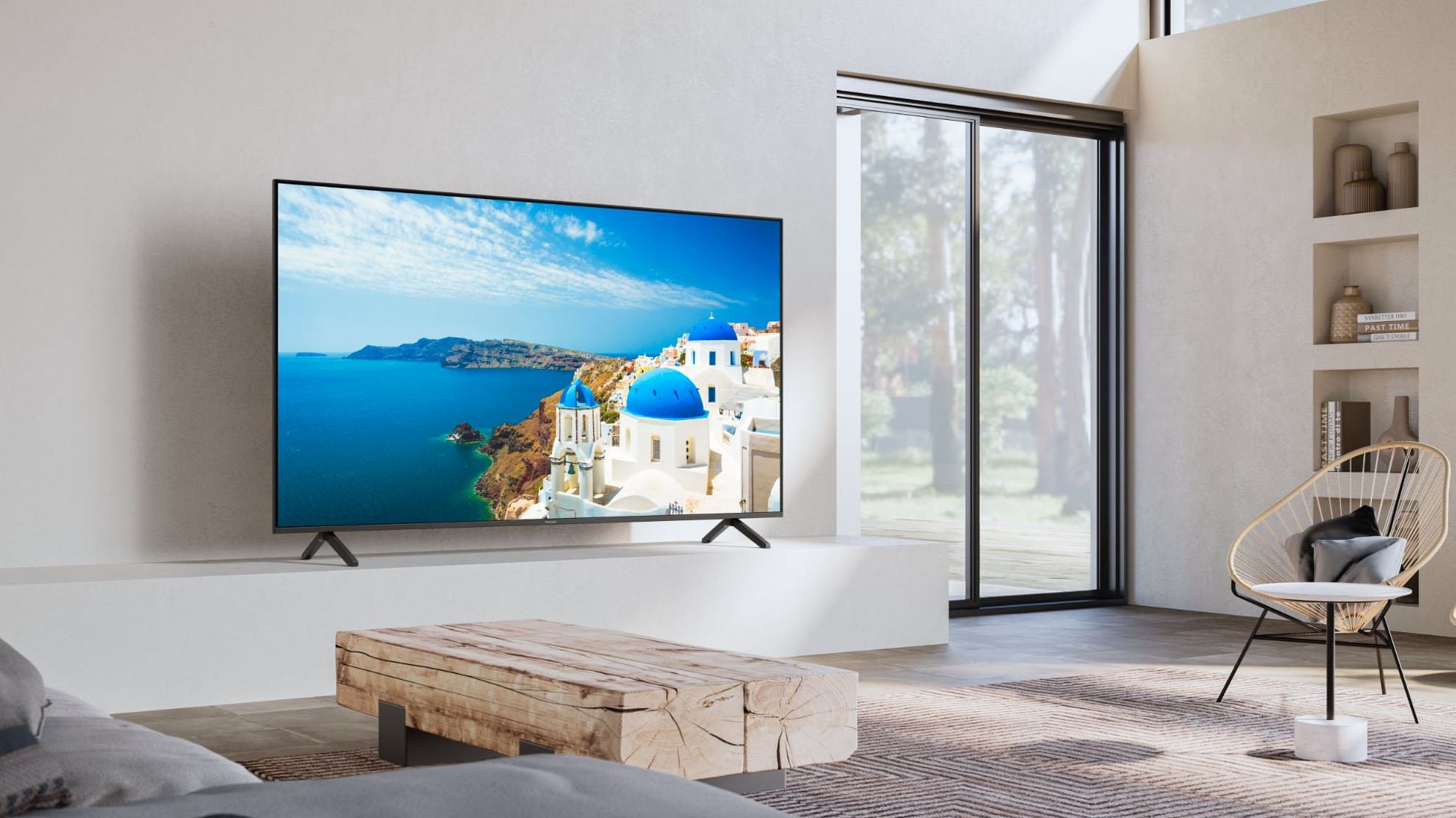
Panasonic has long been a major player on the ‘pro’ side of video reproduction - its cameras and monitors are among the industry standards. That level of professional ubiquity hasn't always made its way into consumer consciousness, though - against some admittedly very capable competition, Panasonic TVs have sometimes struggled to gain the same cachet as their ‘pro’ siblings.
Panasonic, of course, is constantly working to right that wrong - and it fancies that its flagship Mini-LED range for 2023, the MX950, is just the ticket. But is the MX950 the television to put Panasonic at the top of your best TVs shortlist (or should you really be looking to its sound and vision extravaganza best OLED TV, the MZ2000, instead)?
Panasonic MX950: Price & Release Date
The Panasonic MX950 4K HDR Mini-LED television is on sale now, available in 55- and 65-inch sizes. It's the larger model on the test bench for this review, with the smaller set expected to deliver similar results across the board.
In the United Kingdom the TX-65MX950 is priced at £1599, while the TX-55MX950 is listed at £1299 - although the TV market being what it is, I would imagine it will be a little more affordable before much longer. Panasonic has long since washed its hands of the American and Australian markets, so the only other price of any relevance is the Euro-zone - and you should currently expect to part with €1699 and €1299 respectively (or thereabouts).
You don’t really need me to tell you that well-specified 65-inch TVs from quite a few reputable brands exist, and represent significant competition to this Panasonic. Equally, you’re well aware that if you don’t fancy any of your current options, there will be plenty of new ones by this time next year.
Panasonic MX950 review: Features & What's New?
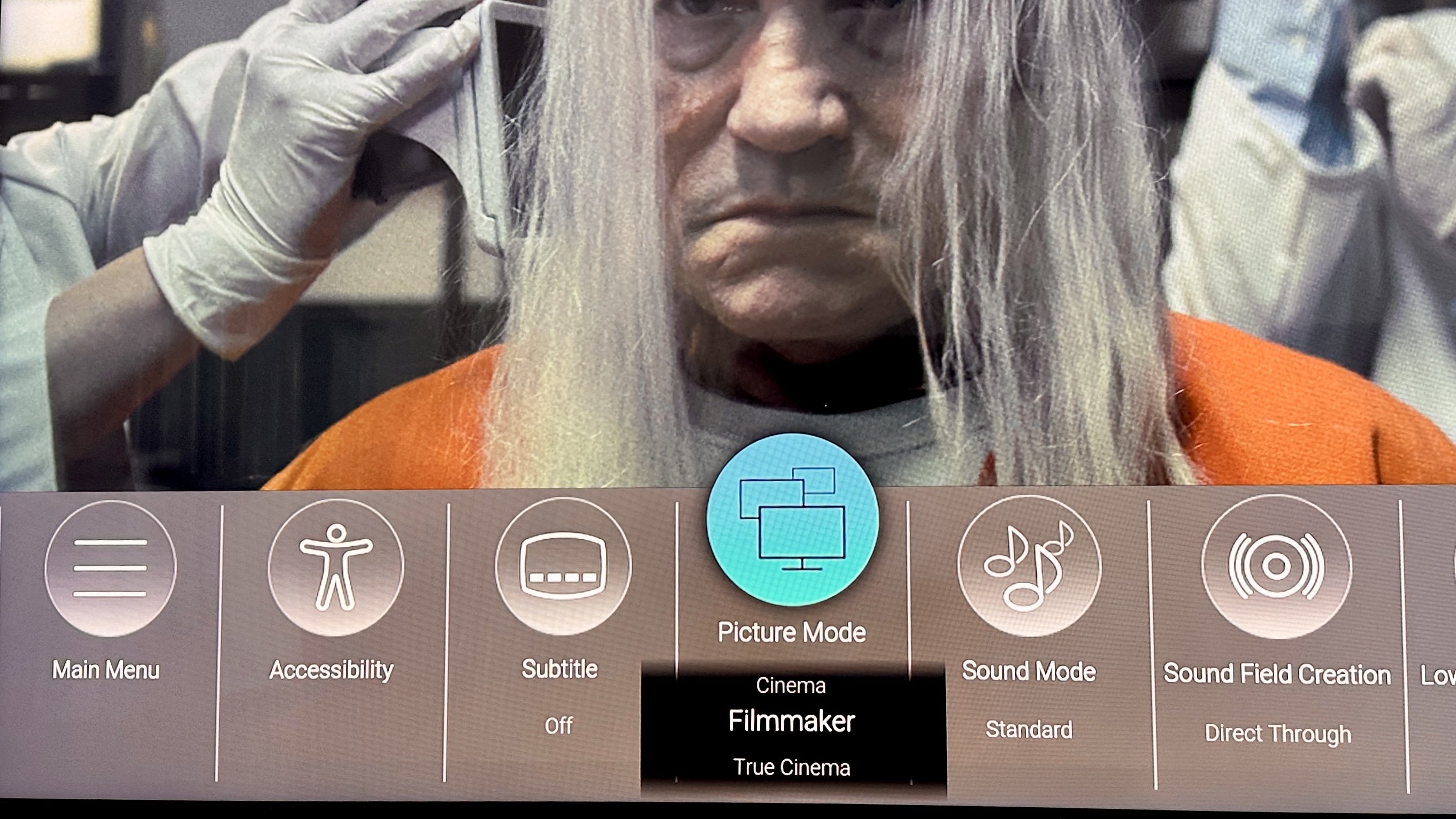
The Panasonic TX-65MX950 is an LCD TV that uses a VA panel, backlit using Mini-LED technology - an arrangement which promises superior brightness and better backlighting control than your standard LCD/LED arrangement. It also threatens the fidelity of off-axis viewing at the same time, mind you - so swings and roundabouts.
The well-regarded HCX PRO AI picture processing engine is running the show here. For this, Panasonic’s first-ever Mini-LED range, it’s been tweaked in order to offer improvements in upscaling and motion handling. But given that Panasonic TVs (unlike so many of their competitors) offer compatibility with every worthwhile high dynamic range standard going (including HDR10+ Adaptive and Dolby Vision IQ), this is an area of performance that requires no tweaking whatsoever.
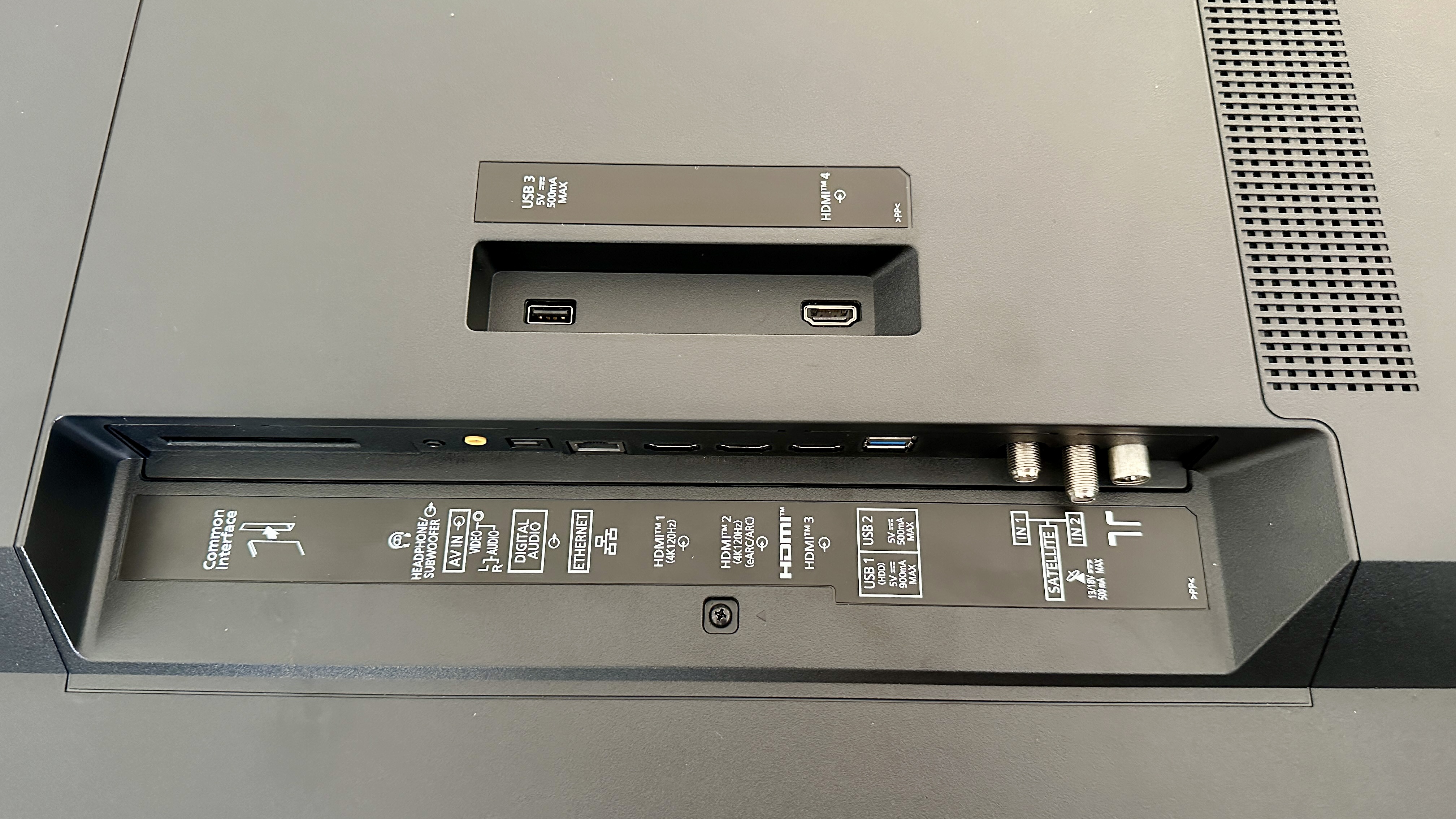
You’ve plenty of options when it comes to getting content on board for the HCX PRO AI to deal with, too. Streaming is covered by dual-band Wi-Fi and an Ethernet socket, and there are further wireless possibilities thanks to Bluetooth (of an unspecified standard). Physical connections, meanwhile, run to a quartet of HDMI sockets, three USB slots, aerial posts for the integrated twin TV tuners, a composite video input and a CI slot. There’s a digital optical output and a 3.5mm analogue output that can be defined for use either with headphones or a subwoofer.
It’s worth noting that of those four HDMI inputs, only two are at the full-fat HDMI 2.1 40Gbps standard that includes support for Dolby Vision gaming to 4K/60Hz, 4K/120Hz with HDR10, G-sync and FreeSync Premium VRR, HGIG and ALLM - and one of those also takes care of eARC functionality. Dedicated gamers might find this specification a little restrictive.
And that’s a pity, because Panasonic has been making efforts to woo gamers lately. Obviously there are no ‘image retention’ fears with a Mini-LED TV, and the new(ish) ‘True Game’ picture mode combines with a pop-up game control board to make the console experience as good as it’s ever been from Panasonic. Input lag is competitive (at 60Hz) and very quick indeed (at 120Hz).
Specification as far as sound is concerned is predictably straightforward. The MX950 can deal with Dolby Atmos soundtracks, sure - but it does so using a 2.1-channel set-up that consists of a pair of full(ish)-range drivers powered by 15 watts each, plus a mono woofer that’s in receipt of 20 watts. A few sound modes are available (including ‘speech’, which is always handy for low-level listening).
Panasonic MX950 review: Performance
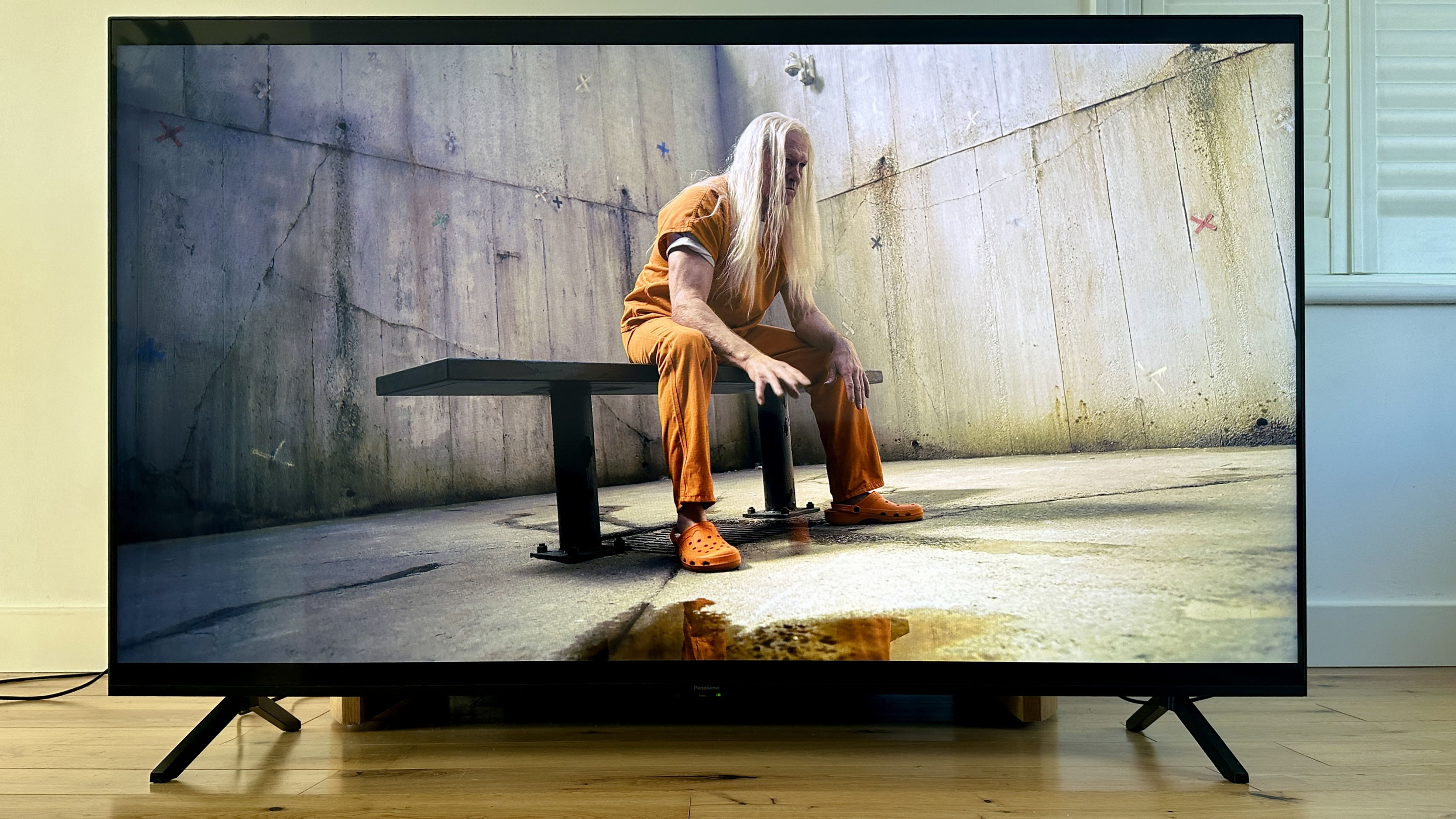
No matter if it’s content from your favourite streaming service, a state-of-the-art console game or, best of all, some 4K stuff from a UHD Blu-ray player hard-wired to one of the MX950’s HDMI inputs, the Panasonic does its best work when given the highest standard of content to deal with. Of course it does.
And its ‘best work’ turns out to be very agreeable indeed - as long as you’re not sitting especially far off-axis, anyway. Once properly setup - which doesn’t take too long - there’s lots to enjoy about the way the MX950 goes about its business.
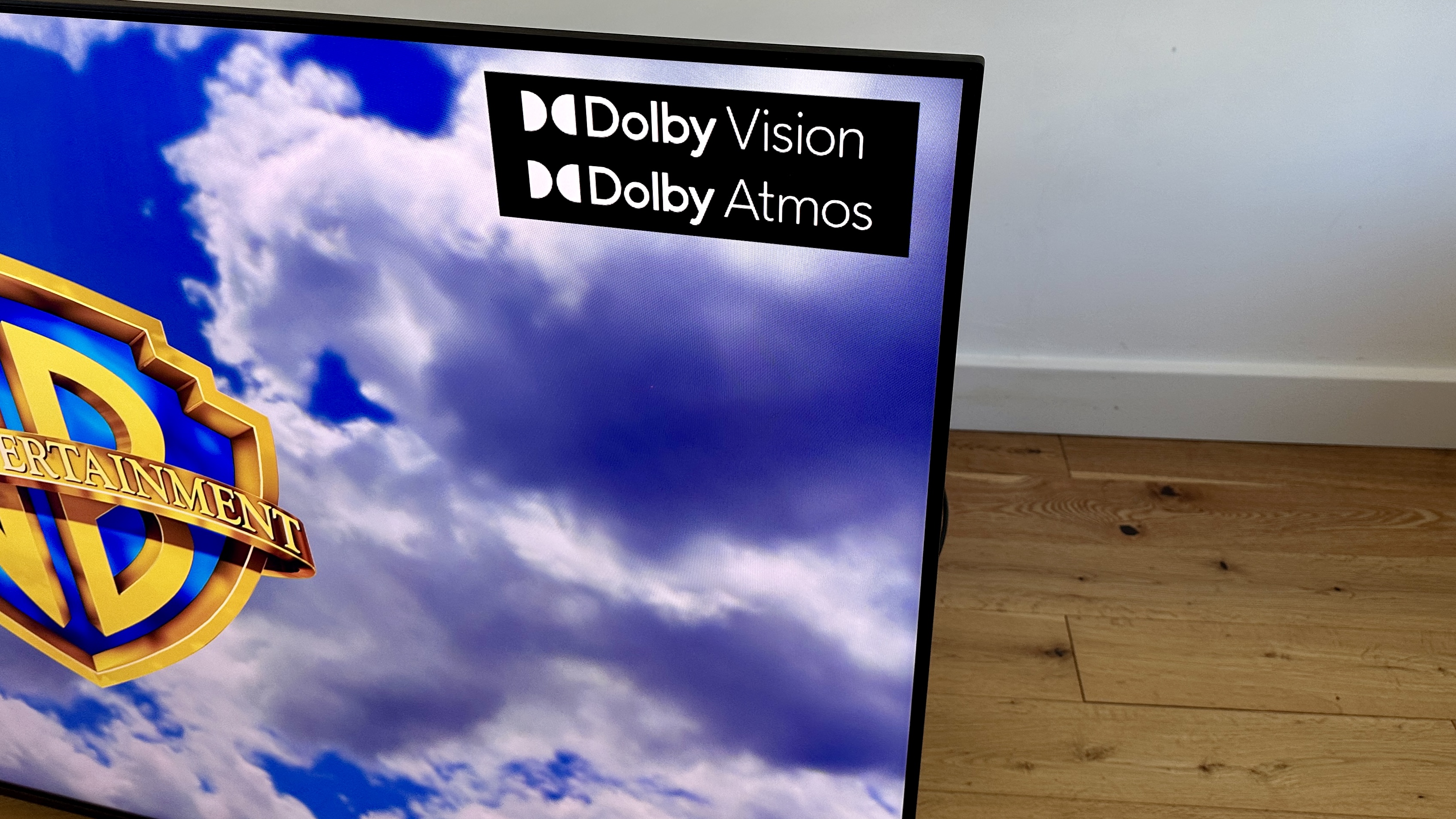
It’s a bright and vibrant watch in every circumstance, and consequently a great choice as a television for a brightly lit room. The colour palette it draws from is wide-ranging and naturalistic, and it does good work differentiating even subtle variations in tone. White tones are clean and detailed, and the same is true of the black equivalent - although even by the standards of backlit LCD screens, the Panasonic isn’t especially adept at creating an impression of ‘true’ black. Contrasts are wide-ranging nevertheless, though, and it’s only in the trickiest, white-text-on-black-background sort of scenes that the TV’s backlighting betrays just how hard it’s working to control its 128 dimming zones.
Motion control is impressive too, and even when switching down to less information-rich content (with some broadcast TV, for instance) on-screen movement is clean and convincing. This sort of content also allows the Panasonic to show off just how accomplished an upscaler it is - you have to go way down the foodchain to some really low-resolution stuff if you want to flummox it. For 1080p Full HD it’s almost as detailed a watch as it is with native 4K, and it shows real determination when it comes to edge definition and control of tight or complex patterns.
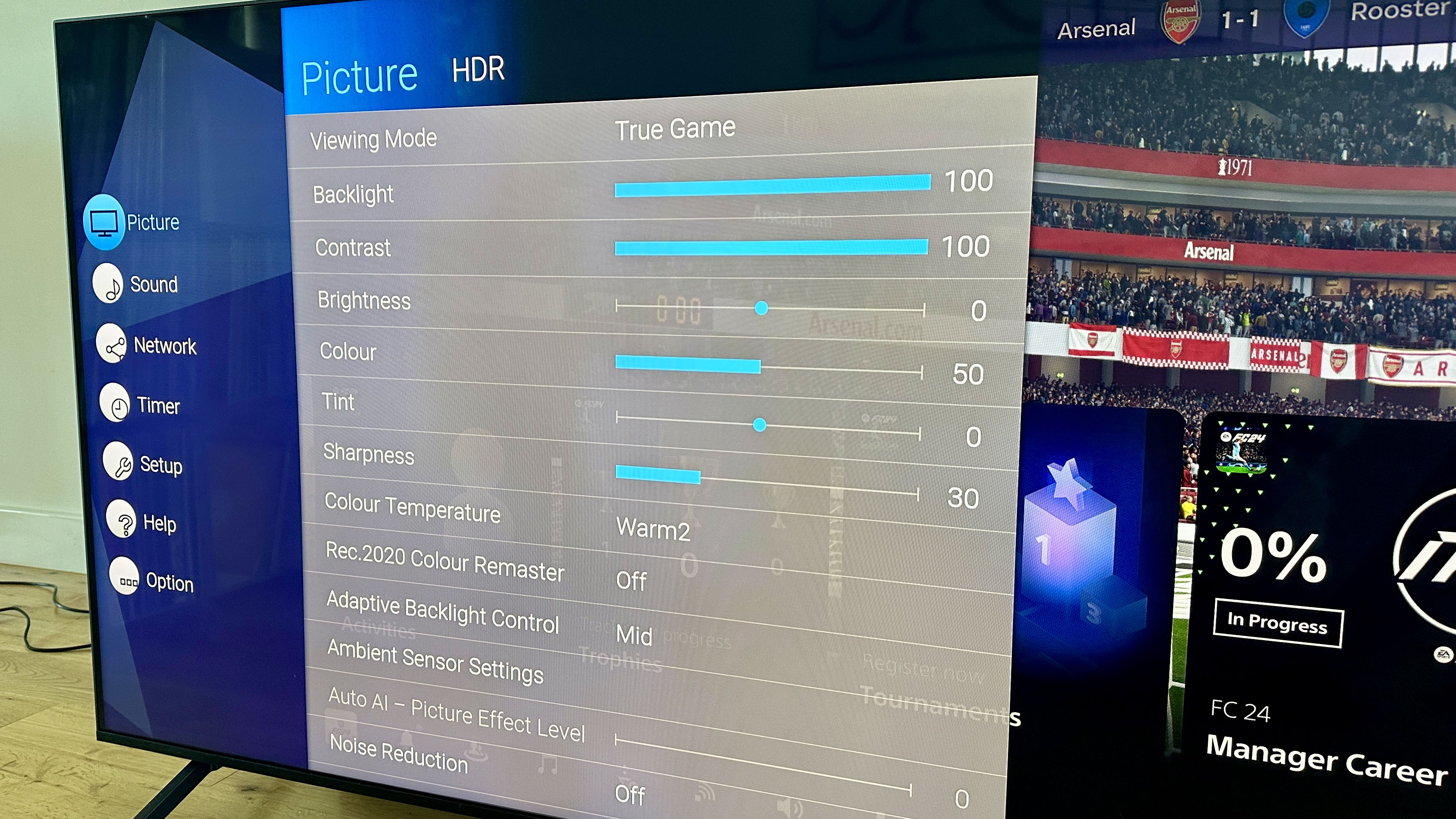
Watching the Panasonic in a dark room, or watching it from anything less than more-or-less dead ahead, undermines it a little - and doing both at the same time should be a non-starter. In a dark room the greyness of the MX950’s black tones becomes obvious, as does the slightly uneven nature of its backlighting. And when sitting off-axis, there’s marked colour-shift and the backlighting issues become more apparent than ever.
By current standards, the MX950 is a fairly enjoyable and inoffensive listen, too. You wouldn’t have to spend an awful lot of money on a soundbar that can outperform it - but as it stands it’s quite balanced, decently detailed, expansive and generates appreciable low-frequency presence without sounding stressed. Which puts it quite a long way ahead of any number of nominal rivals.
Panasonic MX950 review: Design & Usability
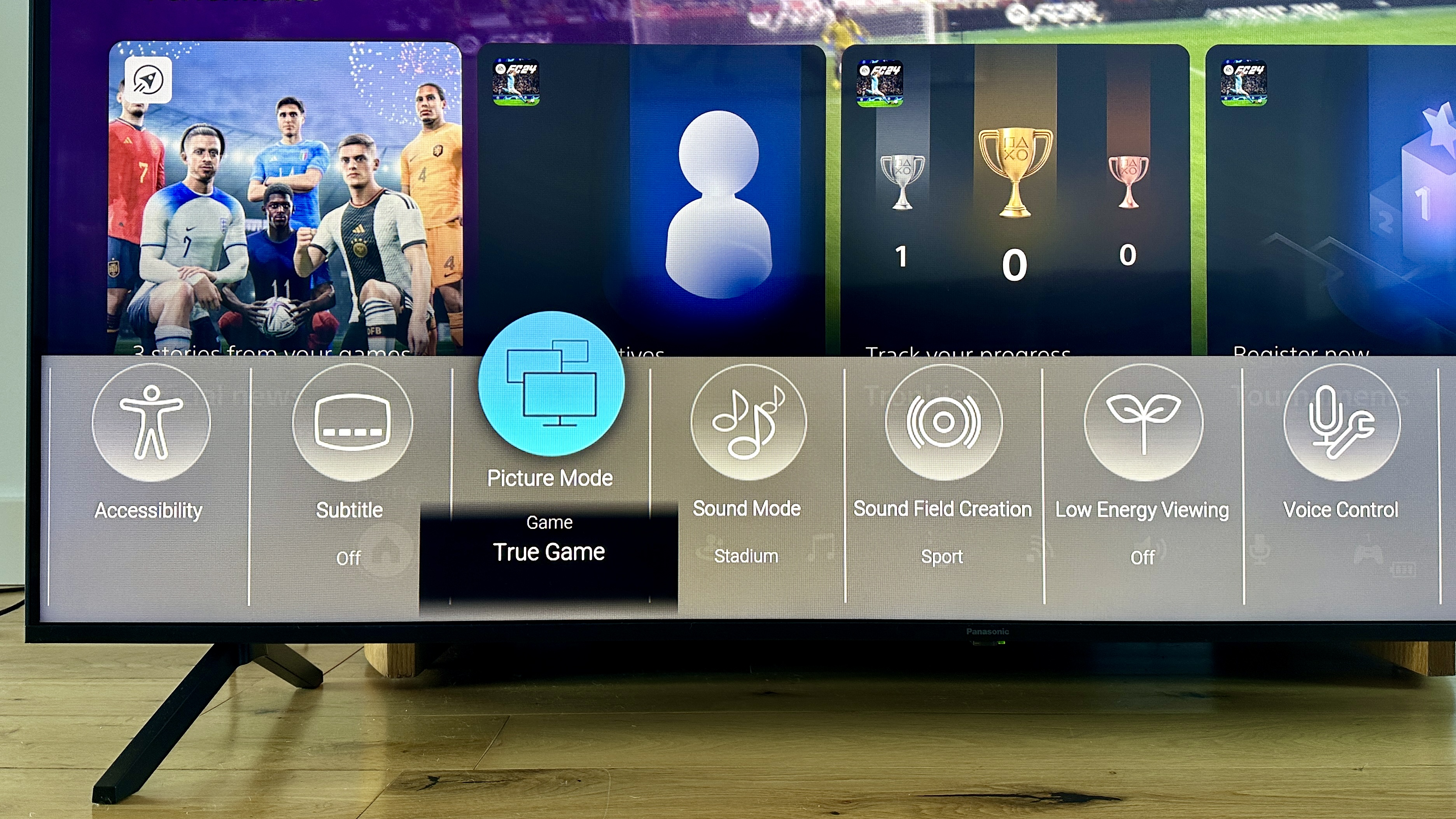
With one notable exception, there’s nothing at all remarkable about the design of the MX950. At 71mm deep (without feet) it’s slender enough to hang comfortably on a wall (as long as it’s a pretty big wall), and its minimal bezels contribute to a discreet, minimal overall appearance. The quality of both materials and build are typically Panasonic - which means there is absolutely no cause for concern.
If you don’t intend to wall-hang your new Panasonic, though, you need to be aware that its feet are very far apart. So far apart, in fact, that it won’t stand on my double-width AV rack - which is a generous 110cm wide. It’s a strange decision not to offer a couple of positions for the feet - it’s something any number of alternative manufacturers offer as a matter of course.
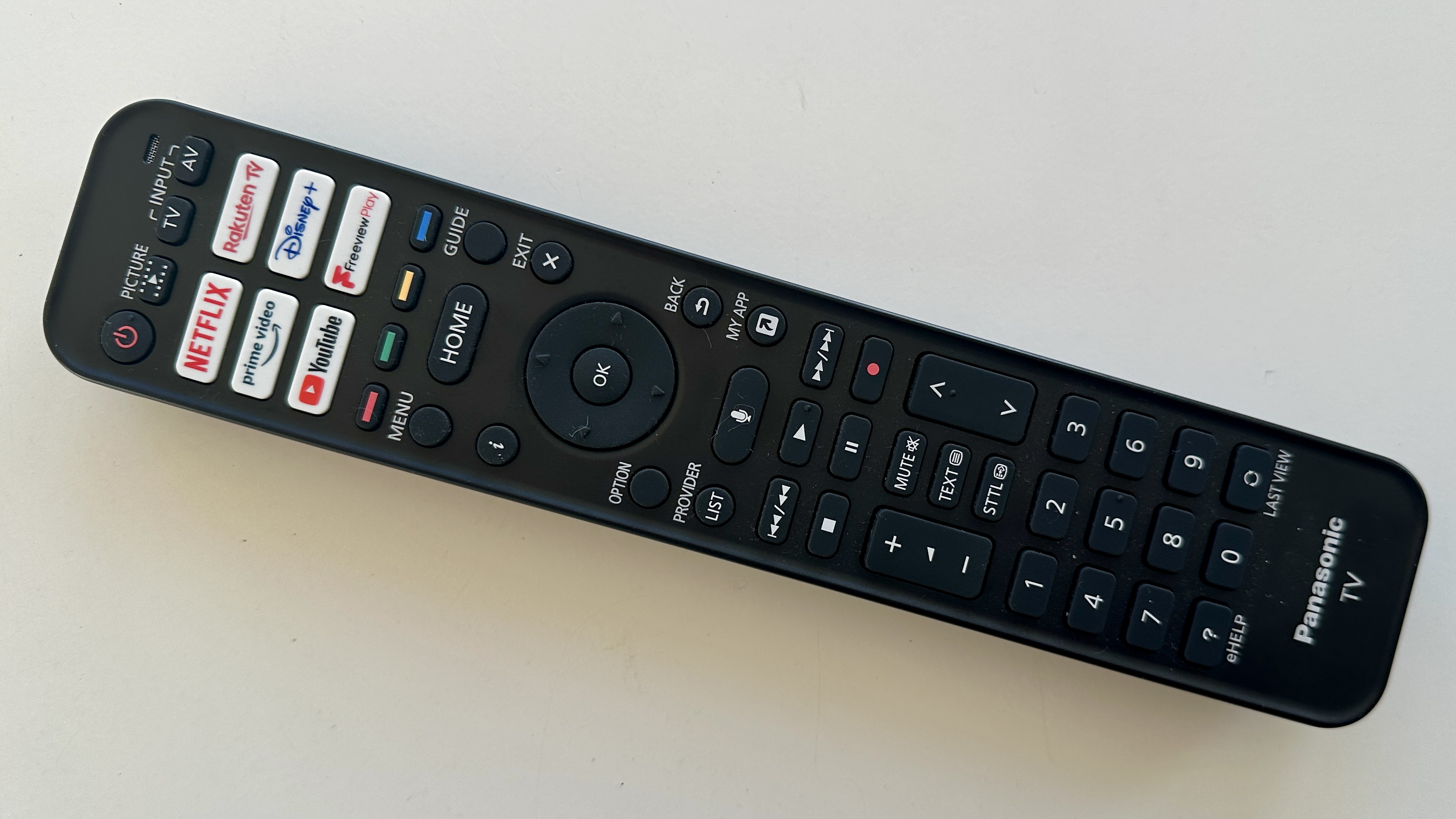
As far as usability goes, you’ve the usual options and they’re all pretty well implemented. Panasonic has refined its long-serving remote control handset lately - it’s still massive, you understand - but that means there are no tiny buttons, and the overall layout is pretty logical.
It puts you in charge of some set-up menus that strike a nice balance between ‘thorough’ and ‘straightforward’ and the My Home Screen 8.0 smart TV interface. The usability of this bespoke platform has come on in leaps and bounds over the last few years, and here it's well-stocked, easy to navigate and doesn’t hog too much of the screen.
There’s a nice big ‘mic’ button in more-or-less the centre of the remote control. The Panasonic has Alexa built-in, and works with Google Assistant too - and no matter which assistant you decide to use, interactions are swift and reliable.
Panasonic MX950 review: Verdict
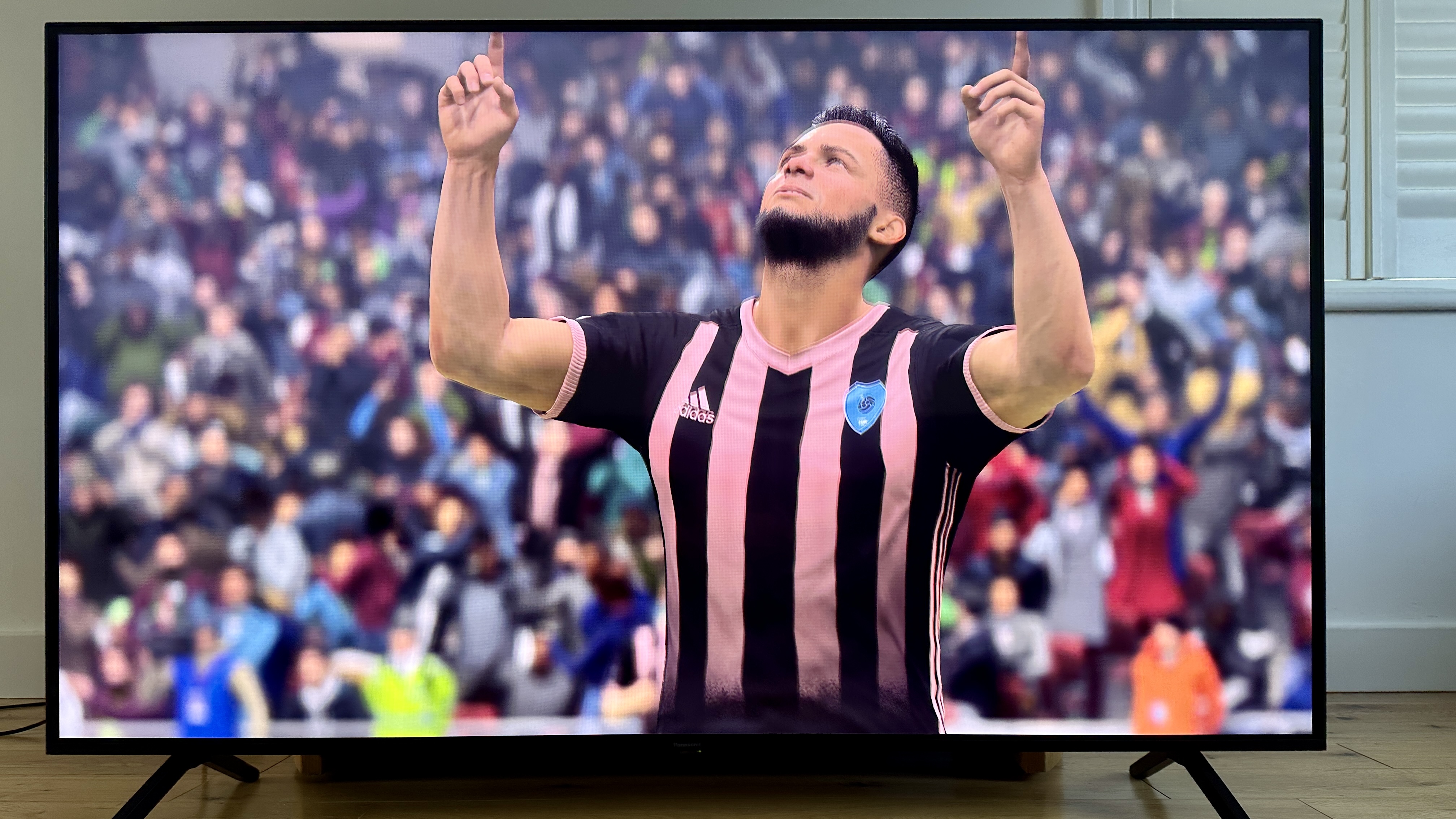
Between the unfussy nature of its ergonomics and the bright, vibrant and well-controlled images that it’s capable of delivering, there’s plenty to enjoy about the Panasonic MX950.
As long as you bear Mini-LED's limitations in mind - it's not great with off-axis viewing - and you can live with ‘just’ two HDMI 2.1 inputs, the Panasonic MX950 lives up to is role as Panasonic's champion Mini LED TV for 2023.
Also consider
You can currently pick up Samsung’s QN95C QLED TV for not much more than the price of the Panasonic MX950 - and it’s definitely worth considering. Its images are bright and colourful, and it’s very adept where black tones are concerned. It makes sense for gamers too. About the biggest shortcoming T3.com can find is that its local dimming can be a little unresponsive - which, let’s face it, is hardly the end of the world.







